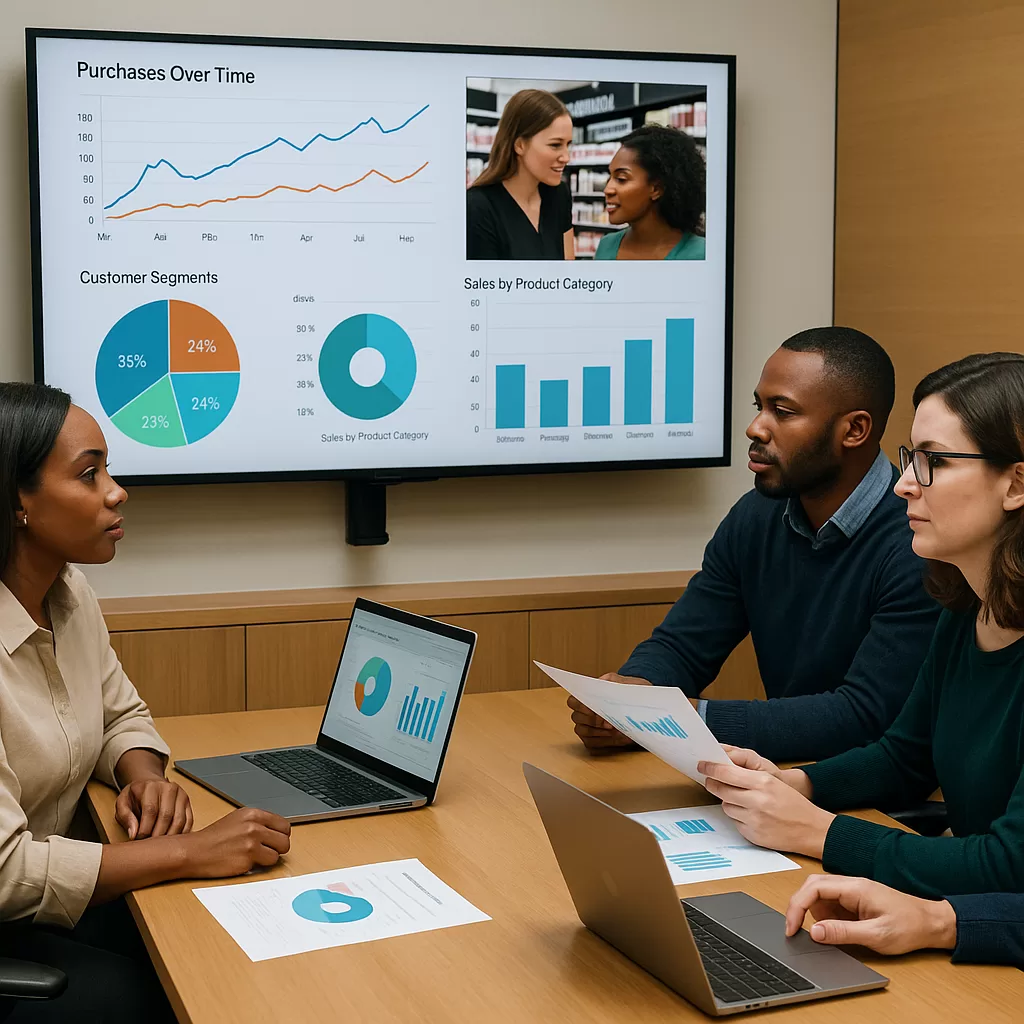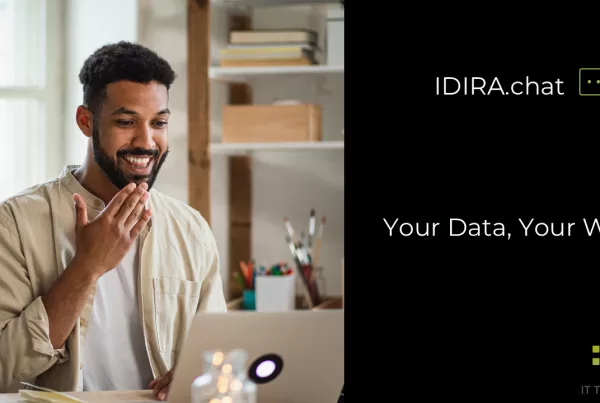Small and Big Data
In 2025, marketing leaders are under mounting pressure to prove ROI, with 64% citing “demonstrating the impact of marketing actions on financial outcomes” as their top challenge. While most companies have invested heavily in Big Data, fewer have mastered the art of integrating it with Small Data. These more human-scale, contextual insights explain why customers behave as they do.
Small Data sharpens personalisation and immediate decision-making; Big Data uncovers large-scale patterns and powers AI-driven forecasting. The integration of both, structured through the IDIRA framework, enables CMOs to align analytics directly with business growth, optimise budgets, and deliver measurable improvements in customer engagement.
1. Understanding the Data Spectrum
Small Data
- Source: CRM records, NPS surveys, focus groups, purchase history.
- Strength: High context; explains motivations and emotions behind behaviour.
- Example: A loyalty member’s stated skincare concerns in a profile questionnaire.
Big Data
- Source: E-commerce clickstreams, mobile app usage, IoT data, transaction logs.
- Strength: High scale; detects behavioural patterns across millions of interactions.
- Example: Identifying global purchase spikes for specific beauty products during seasonal changes.
Google Trends Insight: Interest in Small Data spikes during discussions on personalisation and customer experience, while “Big Data” interest remains high but has shifted towards applied use cases such as AI and predictive analytics.
2. Strategic Value for Marketing Management
Using the IDIRA model (Integration, Data Collection, Insights, Reports, AI), Small and Big Data can be mapped to different but complementary marketing functions:
| Function | Small Data – Contextual Depth | Big Data – Scale & Prediction |
|---|---|---|
| Customer Insight | Persona refinement, voice-of-customer | Segment discovery, churn modelling |
| Campaign Optimisation | Creative messaging tweaks | Predictive spend modelling |
| Product Development | Prototype validation | Trend forecasting |
| Omnichannel Experience | Journey mapping per segment | Real-time personalisation |
| Performance Measurement | Account-level ROI | Market-level ROI modelling |
3. How CMOs Can Bridge the Data Divide
The CMO Survey 2025 reports that 51.8% of leaders struggle to focus analytics on their most pressing problems. The solution lies in orchestrating Small and Big Data together:
- Unified Data Architecture – Merge CRM (Small Data) and data warehouses (Big Data) in a Customer Data Platform (CDP).
- Action-Linked KPIs – Tie every data metric to revenue, retention, or cost-efficiency goals.
- AI-Augmented Analysis – Use tools like OpenAI GPT models and Google BigQuery ML to surface decision-ready insights.
- Closed-Loop Activation – Feed insights into marketing automation, personalisation engines, and product development cycles.
4. Overcoming Barriers
- Data Silos: Implement cross-functional governance to maintain a single source of truth.
- Skills Gap: Upskill marketing and sales teams in analytics literacy.
- Privacy Compliance: Maintain readiness for GDPR, DMA, and AI Act.
- Tech Stack Integration: Select martech that seamlessly integrates with existing platforms without requiring costly overhauls.
5. Real-World Case Study – Sephora
Sephora is a benchmark example of how integrating Small and Big Data drives measurable marketing ROI.
- Small Data Sources: Beauty Insider loyalty program profiles, skin care quizzes, in-store consultation notes.
- Big Data Sources: E-commerce browsing patterns, mobile app geolocation, aggregated purchase behaviour.
Using its data ecosystem and AI-driven recommendation engine, Sephora tailors offers to each customer’s preferences and context. For instance, a customer who regularly buys foundation might receive a mobile push notification for a complementary primer during a promotional period.
Results (McKinsey, 2023; Sailthru Retail Personalisation Index):
- Loyalty program accounts for +- 80% of Sephora’s transactions.
- Personalised recommendations deliver 25% higher average order value.
- Customers engaging with personalised offers are 3.2× more likely to convert.
This approach mirrors The CMO Survey 2025 finding that brands using integrated data for personalisation achieve above-average growth in customer engagement and revenue
Conclusion
Small Data delivers the “human truth”; Big Data delivers the “market truth”. Marketing leaders who orchestrate both through frameworks like IDIRA can reduce wasted spend, improve customer retention, and create scalable personalisation strategies that drive bottom-line results.
Next Steps for CMOs:
- Audit your current data maturity against the IDIRA framework.
- Identify underutilised Small Data sources in your Big Data strategy.
- Implement AI-assisted insight generation to shorten the time from data to action.
McKinsey & Company. (2023). Personalizing the customer experience: Driving differentiation in retail. Retrieved from https://www.mckinsey.com/industries/retail/our-insights/personalizing-the-customer-experience-driving-differentiation-in-retail
Sailthru. (2023). Retail Personalization Index. Retrieved from https://www.sailthru.com/personalization-index
The CMO Survey. (2025). Highlights and Insights Report. Duke University, Deloitte, AMA. Retrieved from https://cmosurvey.org/cmosurvey_results/The_CMO_Survey-Highlights_and_Insights_Report-2025.pdf
Google Trends. (2025). Small Data vs Big Data search interest. Retrieved from https://trends.google.com





